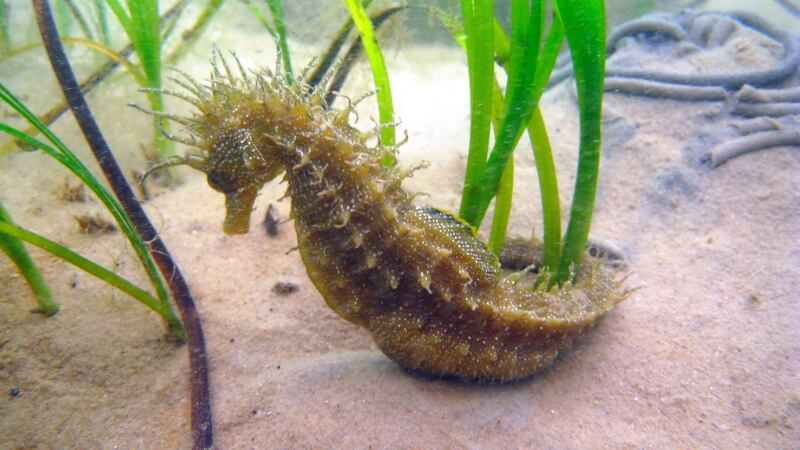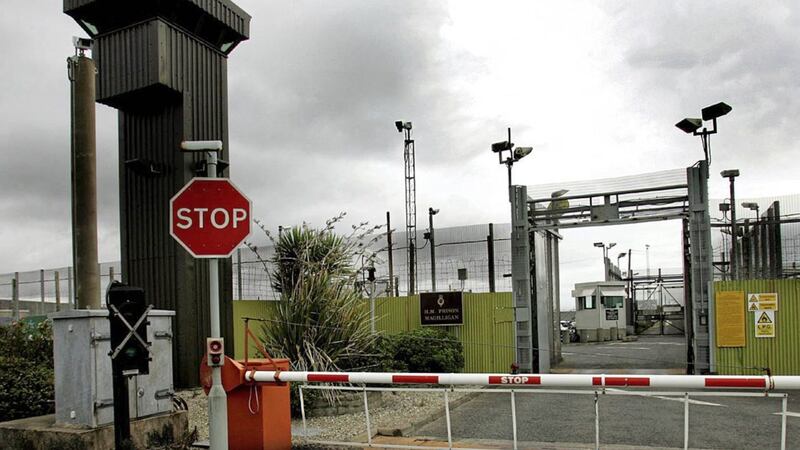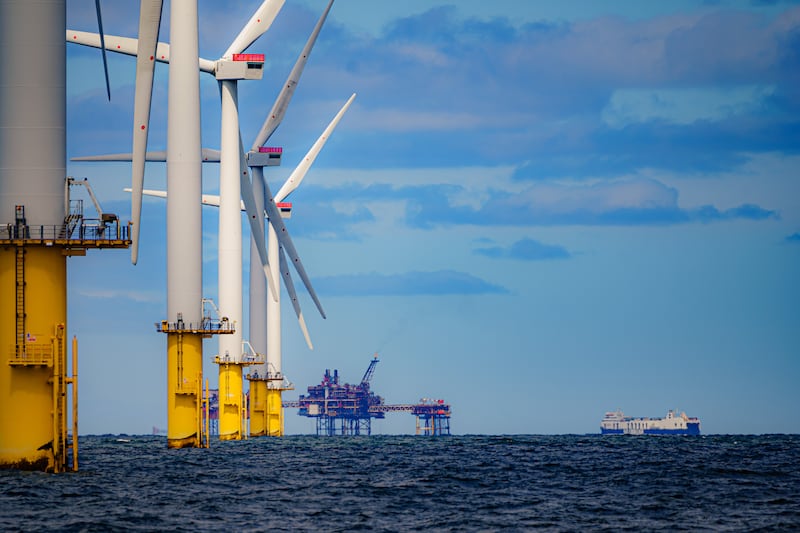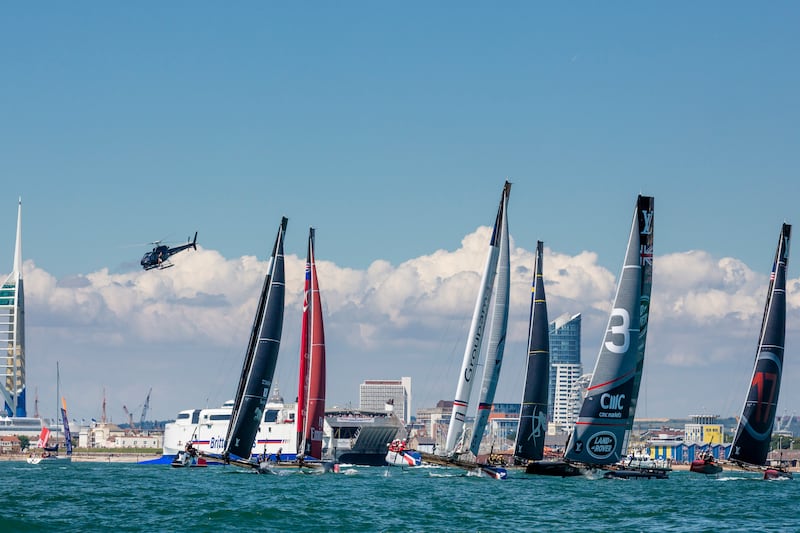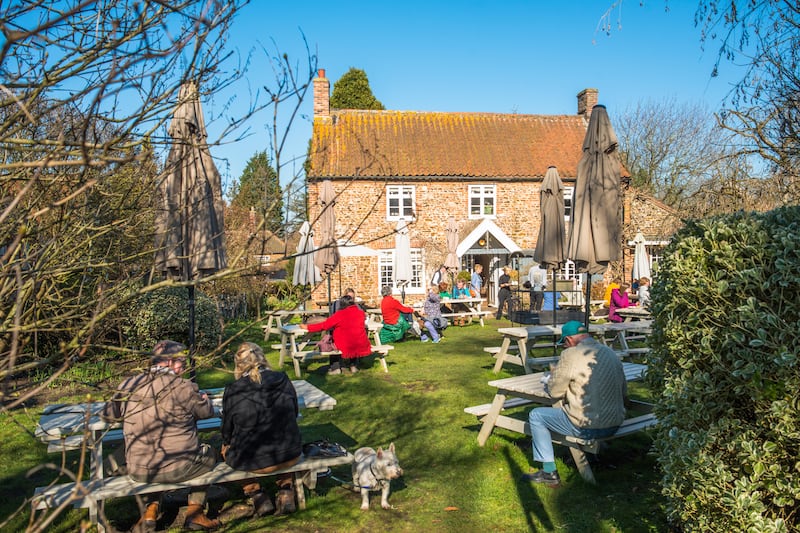Dozens of new protected areas have been designated in the seas around England’s coastline, the Government has announced.
The 41 new marine conservation zones range from the coast of Northumberland, designated to protect eider ducks, to seas south of the Isles of Scilly which support seabirds, fish and basking sharks.
Other species that could benefit from the new wave of protection include the rare stalked jellyfish, short-snouted seahorse and blue mussel beds.
The newly designated protected areas cover 12,000 square kilometres (4,600 square miles) of England’s seas – an area almost eight times the size of London, the Environment Department (Defra) said.
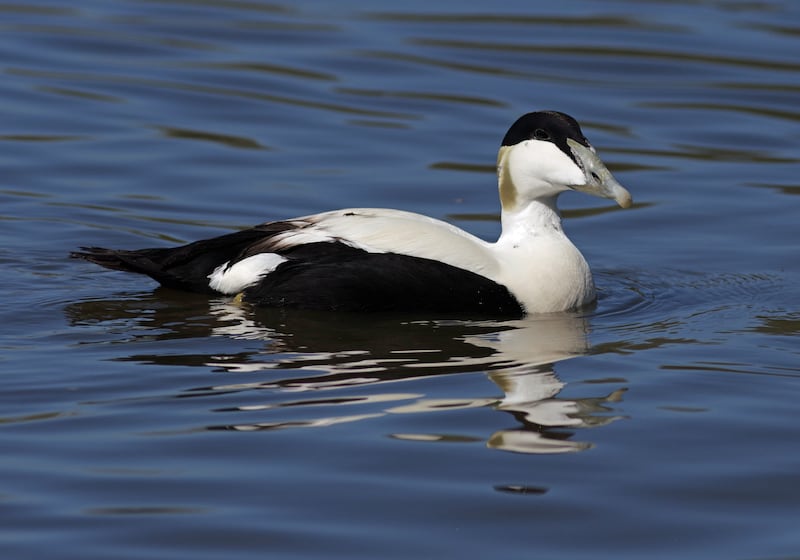
With the new marine conservation zones, the UK’s “blue belt” of protected sites spans 220,000 square kilometres (85,000 square miles) around the seas of England, Scotland, Wales and Northern Ireland.
Conservationists described the introduction of the 41 areas as “fantastic” and said good management was now needed to stop damaging activities in the sites in order to protect wildlife.
Environment Secretary Michael Gove said: “The UK is already leading the rest of the world by protecting over 30% of our ocean – but we know there is more to do.
“Establishing this latest round of marine conservation zones in this ‘year of green action’ is another big step in the right direction, extending our blue belt to safeguard precious and diverse sea life for future generations to come.”
The designation of the new sites follows a consultation, including with local fishermen, marine conservation experts and 48,000 responses from the public.
All 41 of the proposed sites have been designated, and protections expanded at 12 existing sites.
Defra has designated 91 marine conservation zones in three waves, with 89 in English waters and two in Northern Ireland offshore waters.
There are also five in Northern Irish inshore waters, one in Welsh waters, and 31 nature conservation marine protected areas in Scottish waters.
Joan Edwards, director of living seas at The Wildlife Trusts, said: “It’s fantastic news that now we have 91 marine conservation zones – they will form a vital series of underwater habitats which can be nursed back to health.
“We’ve been calling for the Government to give real protection to a network of diverse sea-bed landscapes since 2009 and over 22,000 people joined our call for better protection of our seas during last summer’s consultation.
“Now we need to see good management of these special places to stop damaging activities such as beam-trawling or dredging for scallops and langoustines which harm fragile marine wildlife.”
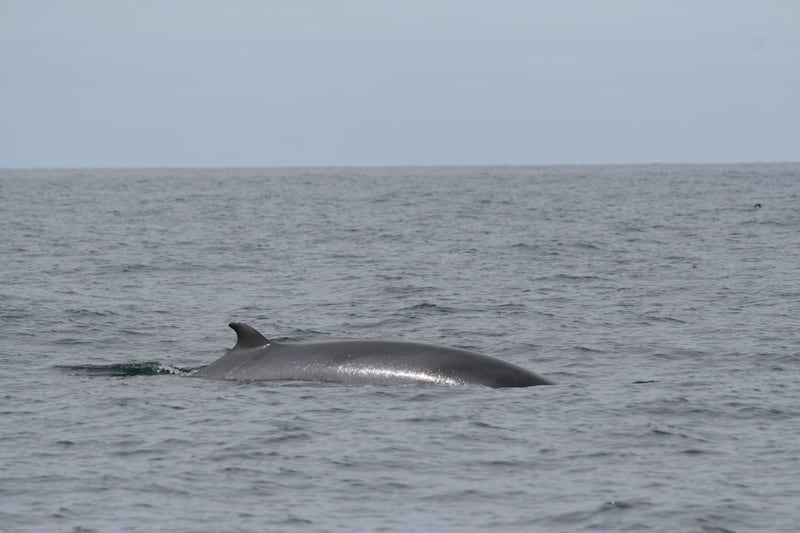
Examples of the new protected sites include:
– Orford inshore site off the Suffolk coast which is an important nursery and spawning ground for fish, and plays host to wildlife including burrowing anemones, shark and rays and harbour porpoises.
– Camel Estuary, north Cornwall, which is the largest and most sheltered marine inlet on the north Cornish coast and protects a range of habitats including mud and coastal saltmarsh which are important for wading birds.
– Holderness offshore site, covering 1,176 square kilometres (454 square miles) off the Holderness coast, which has a mosaic of habitats and is important for crabs and lobsters as well as ocean quahogs, a species of clam which can live for more than 500 years.
Dr Jean-Luc Solandt, from the Marine Conservation Society, said: “The UK has a growing network of more than 300 marine protected areas, but the government must now invest in proper management of these sites and keep them free of all activities that damage the seabed so that our spectacular marine wildlife can recover from decades of destruction and degradation.”
Alec Taylor, head of marine policy at WWF, warned: “The UK is nearing 30% coverage of its waters protected, but these areas are poorly monitored and we have little evidence that wildlife is benefiting.
“We need proper management of activities within the boundaries of all marine protected areas and strict enforcement of safeguarding laws. Only then can we secure a future where people and nature thrive.
Charles Clover, executive director of the Blue Marine Foundation, warned there was a need to protect the conservation zones from fishing, otherwise they were just “paper parks”.
“Places highly and fully protected from fishing, especially fisheries using towed gears like bottom trawls and scallop dredges, as well as from aggregate dredging, maintenance dredging, dumping and land-based pollution, are shown to have thriving seabed communities.”
But he said trawls and dredges were only banned in 5% of UK marine protected areas, and there was more trawling and fewer fish inside them than outside.
“If we dramatically increase levels of protection for these places, we would have a world class network that would deliver the clean, healthy, safe, productive and biologically diverse oceans and seas the government aspires to,” he said.
